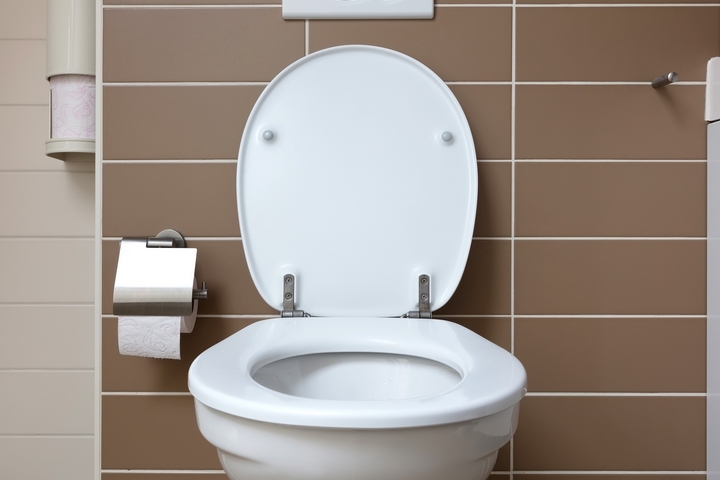
Think about your worst-case bathroom scenario. You, a toilet and a clog. There is nothing as bad as this, and if you are at someone else’s place, panic sets in.
Having a toilet clog needs immediate attention, so you need the tools and know-how to clear any blockage after it happens. Better yet, why not stop it before a clog occurs?
With that in mind, let’s go over how to prevent toilet clogs:
1. Watch what goes in the toilet
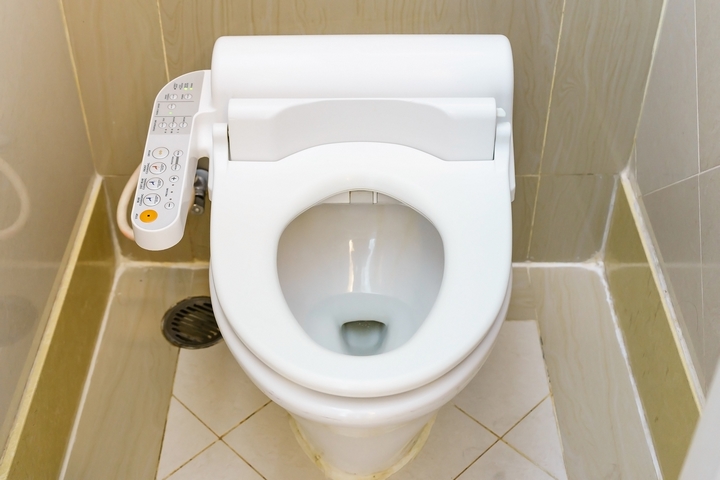
Always be mindful of what you are trying to dispose of down your toilet. We all know the standard debris from our bodies but try to leave it. Paper towels, q-tips, baby wipes and even hair can contribute to the build-up of a blockage.
A good general rule is that it can get flushed down the toilet if it comes out of your body. The exception is toilet paper. Everything else needs to go in the garbage.
2. Double flush
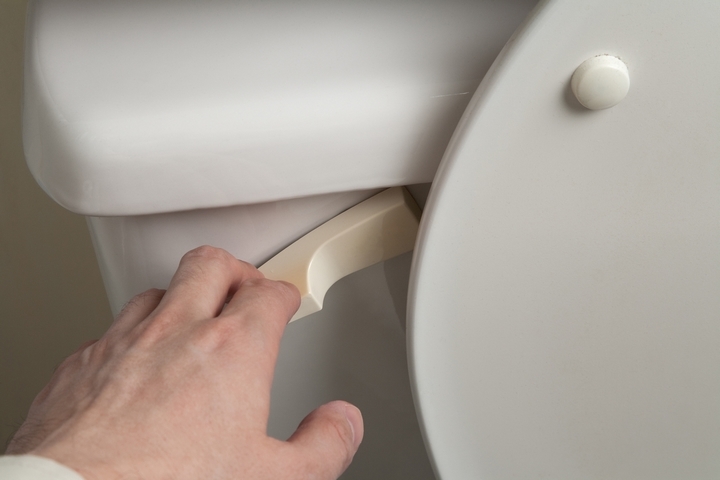
This is a good practice to get into and will help prevent any large masses from trying to make their way through the pipes at once. There is a wise old saying that goes:
“If it’s yellow, let it mellow. If it’s brown, flush it down.”
Without the colour imagery, you get the idea. If you are going #1, one flush will take care of things. #2 involves more volume, so implementing a double flush approach will split the load and allow everything to wash away.
You get to decide when to launch the first flush. It could be after your body’s elimination, or it can include some toilet paper. Excessive toilet paper will cause a blockage fast, so factor that into your flush sequence.
3. Preemptive plunging
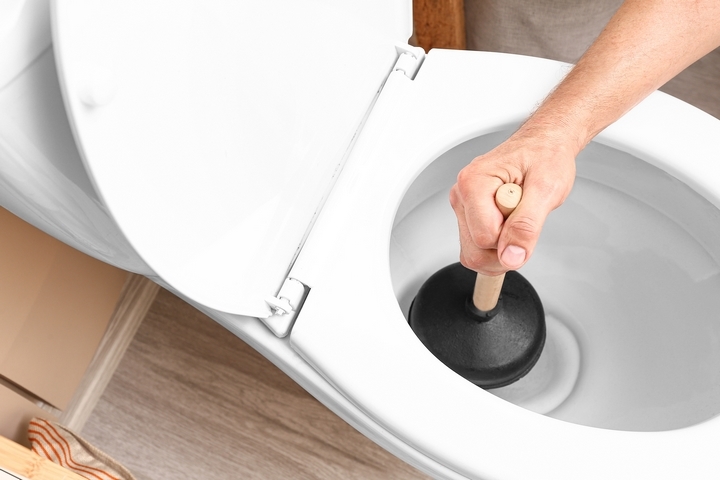
Pay attention to how well your water goes down after using the toilet. Under normal conditions, the bowl will empty and refill the bottom again. If you are noticing a laboured flush where the water drains slow or an issue with water refilling again, it could be the start of a blockage.
Anytime you notice the system slowing down, give it a preemptive plunge or two. This will easily clear any debris building up and leave you with clear pipes for the future.
4. Do regular toilet maintenance
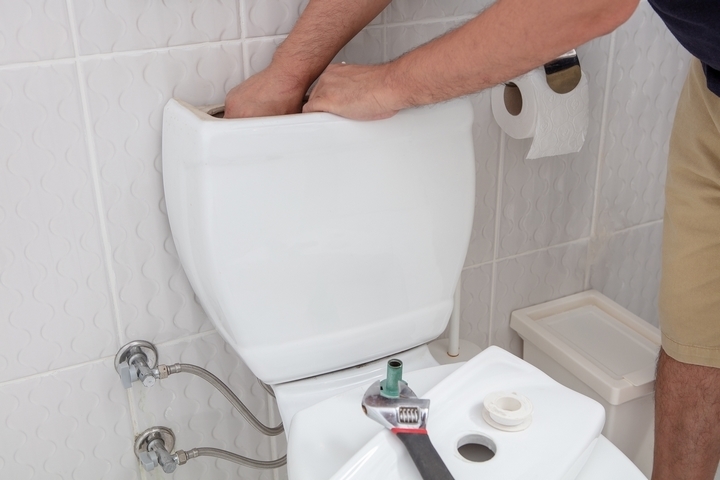
This is an easy one and requires a few items you already have around the house. You probably already clean your toilet bowl regularly, so use some vinegar and baking soda instead of just cleaning detergent.
It will do a great job cleaning the bowl and has a clog-busting chemical reaction to dissolve debris in the pipes. After the flush, follow up with boiling water to melt away any small build-up leftover.
In addition, it helps to contact a plumber to do a regular inspection of your household systems. The plumbing professional may discover preemptive problems and have them fixed right away.
5. Limit toilet paper usage
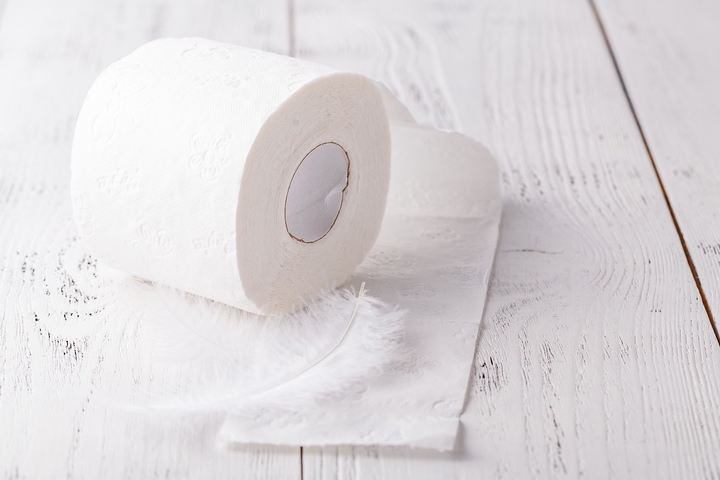
This may be tough because we all have our habitual methods of “cleaning up.” If you are experiencing frequent toilet clogs, your toilet paper allotment could be the guilty party.
Try changing things up to lessen the number of squares you use. Most of us just tug on the roll and whatever tears off is the right amount. Consider counting squares for an adequate wipe, or use the fold-over technique to double down with the same amount. You will probably discover that you don’t need to use as much, and it will prevent some potential clogs. It will also save you money buying tissue.
6. Keep the toilet area clear
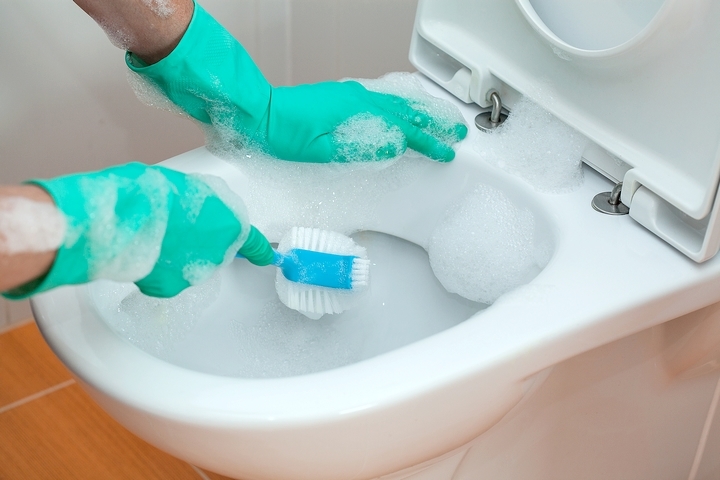
Not everything that goes down the toilet is intentional. Sometimes items can get knocked over by mistake, and if it’s smaller, you might try to flush them away instead of fishing them out. Don’t present yourself with that moral dilemma. It’s easier to keep counters and the back of the toilet clear of stuff.
Resist the urge to use this real estate for housing things like soap, jewelry, cosmetics, pens and (God forbid) your toothbrush! Let that stuff live far away from the toilet bowl, so they don’t get dropped in by mistake.
7. Teach toilet etiquette to your children
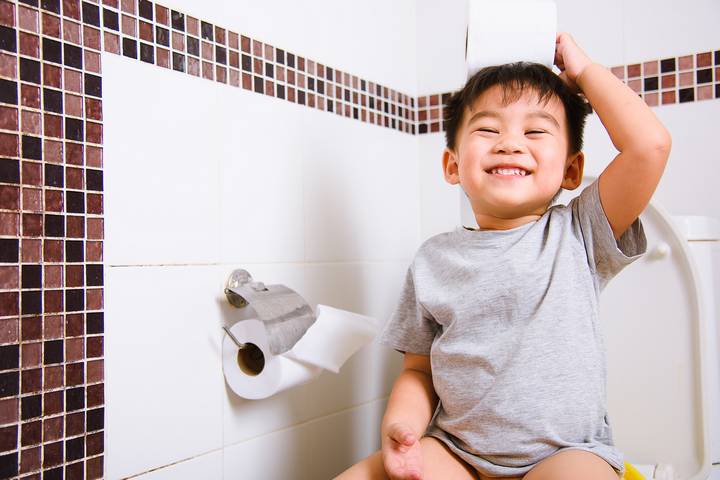
Kids love to run and play, and racing into the bathroom for a quick release can involve dropping items in the toilet. This could be food, toys or anything else they are carrying. Also, kids may use too much toilet paper and forget to flush, leaving that mushy paper to become a solid blob.
Go over toilet tips with your kids and any other family member who needs a refresher to know what not to put in the toilet. This will save you lots of grief because no matter who plugged it, you will be the one unplugging it.
A toilet is an essential appliance in your home, and it needs to be operating at full capacity at all times. Use these tips to prevent toilet clogs in your home, so you can flush like royalty when it’s time to sit on the throne!
